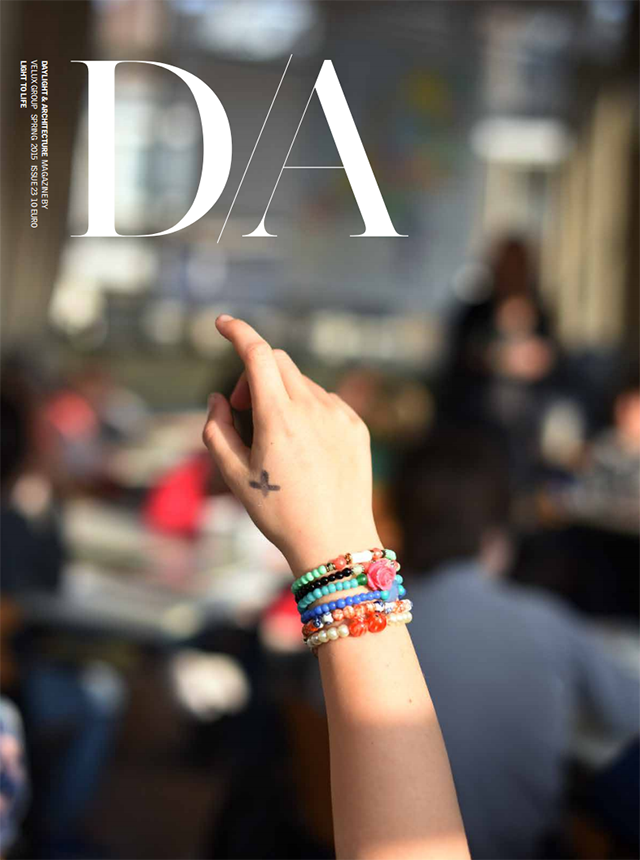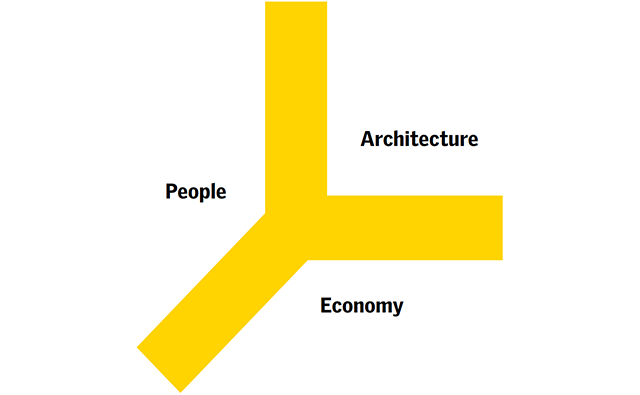
by the VELUX Group
UNESCO has declared 2015 the Year of Light. That highlights the importance of light in human societies as a carrier of information and energy, a source and signal of prosperity, and, above all, a tool to improve human quality of life.
We know that the right doses of daylight and darkness at the right times of day and night are essential for human health, which is a cornerstone for human quality of life. In a time when we spend up to 90% of our time indoors, and when 80 million Europeans live in homes that suffer from damp, hardly anyone could question that architecture has an impact on the health and well-being of people living or working inside buildings.
However, there seems to be a gap between knowledge and behaviour. Europeans consider that their homes are of huge importance to their health and well-being; but, in general, they are reluctant to behave according to their beliefs and let in fresh air and daylight. This is an important conclusion in the Healthy Homes Barometer 2015 by the VELUX Group – also presented in this magazine. We want the study to inspire and enable building owners, planners and policy makers to take qualified decisions in the quest to improve peoples’ lives.
But how do we put this knowledge into practice when upgrading the existing building stock? How do we set the right priorities in the design and construction of future buildings? And what synergies can be formed between good daylighting and other essential indoor environmental qualities in buildings?
Any attempt to solve this puzzle will have to take into account three aspects:
– people’s needs, in particular health and well-being,
– the qualities of the existing building stock and possibilities to transform it
– the economic and political framework.
In this issue of D/A, we focus on People, Architecture, and the Economy, and the role that daylight and fresh air play. This is elaborated and discussed by different experts, highlighted by selected statistics, and illustrated by case studies from exemplary buildings.
Articles by Koen Steemers, Bernd Wegener and Moritz Fedkenheuer point out that design strategies for well-being cannot be based solely on quantitative parameters such as temperature or indoor air humidity, and that well-being is more than figures and measurements. Koen Steemers presents five ways to well-being and outlines rules of thumb for designers to nudge building users into healthier ways of living. Bernd Wegener and Moritz Fedkenheuer developed the Housing Well-Being Inventory, which evaluates the subjective aspects by asking people living in the buildings. The two authors state that if we want to enhance well-being in buildings with daylight and fresh air, universal strategies are needed. Vivian Loftness shares this point of view. Her article describes studies proving how daylight and fresh air can improve the learning speed among students by up to one quarter, and increase the productivity of a workforce by up to one-fifth. When people are asked directly, it becomes evident that there is a gap between the level of peoples’ awareness of the benefits of daylight and fresh air and the level of implementation of the knowledge. To fill the gap – and tap into the potential − we need to rely on one of the most important benefits of architecture; once people live in buildings with plenty of daylight and fresh air, they experience the difference that this makes to their health and well-being.
However, for such buildings to become reality in great numbers, we need to spark the transition in the building industry and we need building owners who are willing and able to pay for the buildings designed or renovated with daylight and fresh air in mind.
Enjoy the read!
The VELUX Group
The magazine can be ordered or downloaded for free on DA.VELUX.com.




